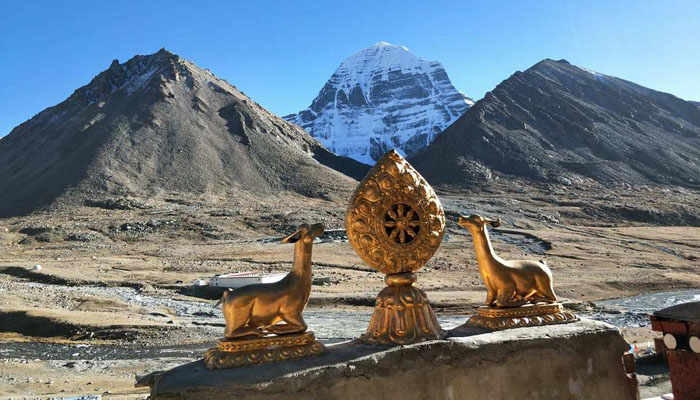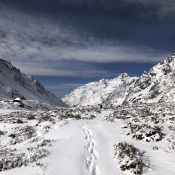Why “Leave No Trace” Matters on the Himalayan Trails

Why “Leave No Trace” Matters on the Himalayan Trails
The Himalayas are more than just towering peaks. They are home to diverse ecosystems, ancient cultures, and communities that depend on the mountains for survival. As trekking grows in popularity, so does the impact of tourism. Plastic waste on trails, overuse of firewood, and disrespect for cultural sites are becoming real problems.
This is why the principle of Leave No Trace in the Himalayas is more important than ever. It is not just about cleaning up after yourself but also about protecting fragile landscapes and respecting the people who call these mountains home.

Stories That Show the Difference
Eco-camps near Everest
A sustainable initiative led by World Expeditions offers “Trek in Comfort” via eco-camps and lodges. It encourages trekkers to carry waste back via programs such as Carry Me Back and discourages using firewood by promoting gas and kerosene cooking to protect local forests.
Everest’s waste crisis
Mount Everest now sees days when trekkers generate over 4.6 tons of waste during peak season. This includes human waste, microplastics, and discarded gear. Contaminated water and exposed garbage from melting glaciers threaten both health and trekking sustainability.
Trail cleanup drives across trekking routes
Groups like Trek the Himalayas actively run campaigns such as Heal Himala, organizing cleanups on routes such as Goecha La, Roopkund, and Kuari Pass. Their work has significantly helped clear trash and inspire trekkers to tread more mindfully.

Why Leave No Trace in the Himalayas Matters
Protect fragile ecosystems
Many trails cross delicate alpine zones. Even small actions like deviating off marked trails cause long-term erosion, and discarded plastics can harm wildlife and pollute water
Preserve community resources
Locals rely on clean water and firewood. Rubbish disposal and waste mismanagement strain those resources and compromise village well-being
Ensure future enjoyment
Untouched landscape is not just beautiful but vital. Littered trails degrade the experience for everyone. Promoting LNT lets others enjoy the wilderness as you first saw it
Practical Tips for Responsible Trekking
Pack in, pack out
Carry out everything you bring to the trail. Reusable gear and bags to manage trash are a must.
Avoid shortcuts
Use designated trails only. That minimizes erosion and protects fragile vegetation
Minimize plastic
Bring reusable bottles and purifiers. Skip single-use packaging when possible
Support eco-conscious agencies
Choose tour operators that prioritize sustainability and fair treatment of porters and guides
Respect sacred sites and wildlife
Do not feed animals or touch religious structures. Always observe from a respectful distance
The Himalayas are extraordinary in their natural beauty and cultural richness. But they are not immune to environmental damage. By embracing the principle of Leave No Trace in the Himalayas, you help protect ecosystems, honor local traditions, and ensure the trails remain vibrant and healthy for those who follow.
Every trekker has a role to play. Leave only footprints. Take only memories. Honor the mountains with mindful choices.
All Categories
Quick booking process
+977-9803633878




